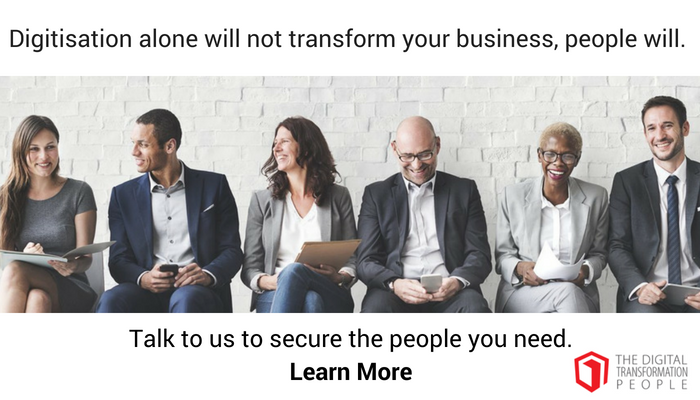In our digital age, all companies must change how they think, how they interact with customers, partners, and suppliers, and how their business works on the inside.
Customer, partner, and supplier expectations have changed, and a gap is opening between what they expect from their interaction with companies and what those companies are currently able to deliver. Companies must immediately work to close this expectation gap, or their entire business is at risk.
If digital natives attack, they will do it with a collection of digital strategies that utilize the power of the digital mindset to more efficiently and effectively utilize the available people, tools, and technology, and to design better, more seamlessly interconnected, and automated processes that can operate with only occasional human intervention.
To defend your company’s very existence, you must start thinking like a technology company or go out of business. Part of that thinking is to fundamentally re-imagine how you structure and operate your business. You must look at your business and your industry in the same way that a digital native startup will if they seek to attack you and steal your market. To make this easier, ask yourself these five foundational questions:
- If I were to build this business today, given everything that I know about the industry and its customers and the advances in people, process, technology and tools, how would I design it?
- From the customers’ perspective, where does the value come from?
- What structure and systems would deliver the maximum value with the minimum waste?
- What are the barriers to adoption and the obstacles to delight for my product(s) and/or service(s) and how will my design help potential customers overcome them?
- Where is the friction in my business that the latest usage methods of people, process, technology, and tools can help eliminate?
There are, of course, other questions you may want to ask, but these five should get you most of the way to where you need to go in your initial strategic planning sessions. What questions do you think are key for enterprises to ask themselves if they are to survive and thrive in the digital age?
Digital Strategy vs. Digital Transformation
How much appetite for digital change do you have?
Understanding how your management and your enterprise is likely to answer this question will help you identify whether your business should pursue a digital strategy or a digital transformation. The two terms are often misused, in part by being used interchangeably when they are in fact two very different things.
A digital strategy is a strategy focused on utilizing digital technologies to better serve one group of people (customers, employees, partners, suppliers, etc.) or to serve the needs of one business group (HR, finance, marketing, operations, etc.). The scope of a digital strategy can be quite narrow, such as using digital channels to market to consumers in a B2C company; or broader, such as re-imagining how marketing could be made more efficient using digital tools like CRM, marketing automation, social media monitoring, etc. and hopefully become more effective at the same time.
Meanwhile, digital transformation is an intensive process that begins by effectively building an entirely new organization from scratch, utilizing:
- The latest best practices and emerging next practices in process (continuous improvement, business architecture, lean startup, business process management, or BPM, crowd computing, and continuous innovation using a tool like The Eight I’s of Infinite Innovation™)
- The latest tools (robotics, sensors, etc.)
- All the latest digital technologies (artificial intelligence, predictive analytics, BPM, etc.)
- The optimal use of the other three to liberate the people who work for you to spend less time on bureaucratic work and more time creating the changes necessary to overcome barriers to adoption and obstacles to delight through better leadership methods, reward/recognition systems, physical spaces, collaboration, and knowledge management systems, etc.
It ends with a plan of how to transform from the old way of running the business to the new way.
The planning of the digital transformation is all done collaboratively on paper, whiteboards, and asynchronous electronic communication (definitely not email) powered by a collection of tools like the Change Planning Toolkit™.
The goal is to think like a digital native, to think like a startup, to approach the idea of designing a company by utilizing all the advances in people, process, technology, and tools to kill off the existing incarnation of your company. Because if you don’t re-invent your company now and set yourself up with a new set of capabilities that enable you to continuously reinvent yourself as a company, then a venture capitalist is going to see an opportunity, find the right team of digital natives, and give them the funding necessary to enter your market and reinvent your entire industry for you.
What do you want to re-invent?
Our team at Oracle was created to use design thinking, innovation and transformation tools and methods to help Oracle customers tackle their greatest business challenges, to re-imagine themselves for the digital age, and to discover and pursue their greatest innovation, transformation and growth opportunities.
We call this human-centric problem-solving and together we create plans to make our customers’ solution vision real in just weeks. And along the way, this new Oracle approach helps increase collaboration across business functions and accelerate future decision-making.
Article by channel:
Everything you need to know about Digital Transformation
The best articles, news and events direct to your inbox







